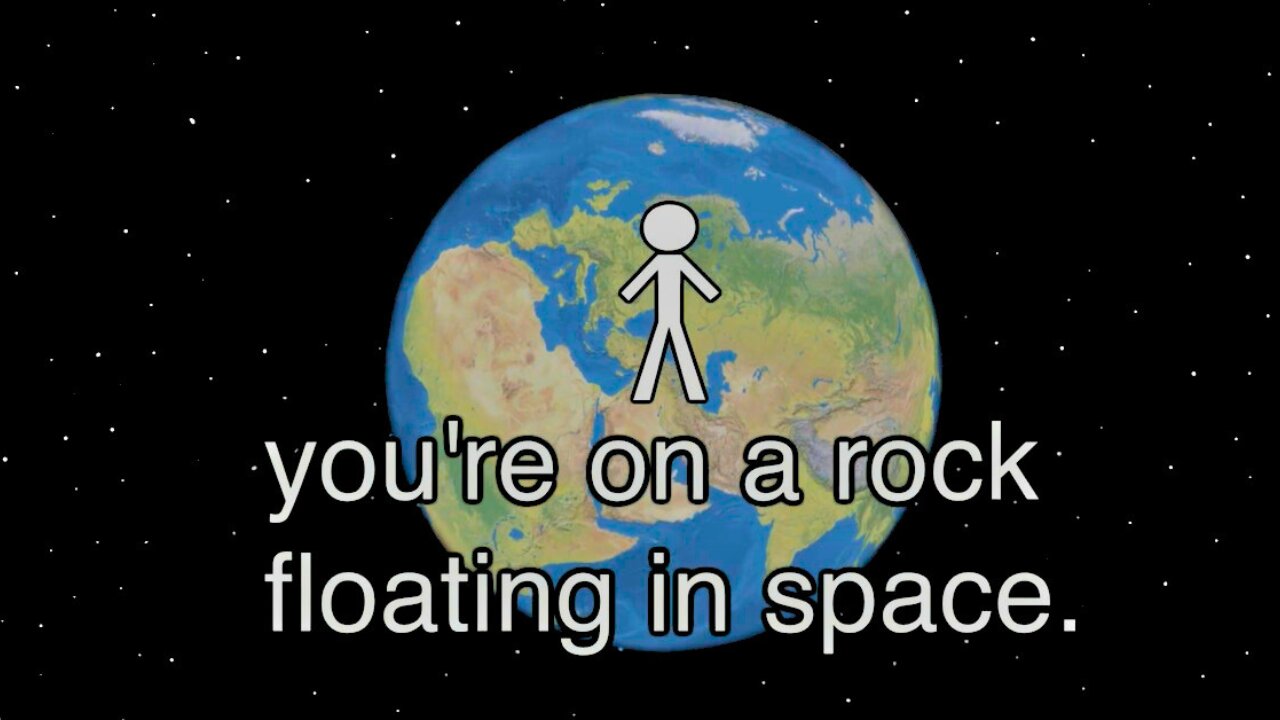Premium Only Content

History of Earth (mostly)
A Brief History of Earth
Formation and Early Earth
4.6 Billion Years Ago: Earth formed from a swirling cloud of dust and gas, a remnant of a supernova explosion.
Hadean Eon: A period of intense heat and volcanic activity, shaping the planet's surface.
Cooling and Ocean Formation: As Earth cooled, water vapor condensed, forming oceans.
The Rise of Life
Archaean Eon: The first signs of life, simple single-celled organisms, emerged in the oceans.
Proterozoic Eon: More complex life forms, including multicellular organisms, began to appear.
The Cambrian Explosion
Paleozoic Era: A rapid diversification of life forms, known as the Cambrian Explosion, occurred.
Marine Life Dominance: The oceans teemed with diverse marine life, including trilobites, brachiopods, and early fish.
Land Colonization: Plants and animals began to colonize land.
Age of Dinosaurs
Mesozoic Era: Dinosaurs dominated the land, while marine reptiles ruled the seas and pterosaurs soared through the skies.
Mass Extinction: A catastrophic event, possibly a massive asteroid impact, led to the extinction of dinosaurs and many other species.
Rise of Mammals
Cenozoic Era: Mammals diversified and thrived, filling the ecological niches left vacant by the dinosaurs.
Human Evolution: Our ancestors, primates, evolved and eventually gave rise to Homo sapiens.
Human History
Paleolithic Era: Early humans, hunter-gatherers, used stone tools and fire.
Neolithic Revolution: The development of agriculture and settled communities.
Ancient Civilizations: The rise of complex civilizations, such as the Egyptians, Mesopotamians, and Chinese.
Modern Era: Industrial Revolution, scientific advancements, and globalization.
This is a very condensed overview of Earth's history. Each era and period is filled with countless fascinating stories of life, death, and evolution.
-
 1:14:05
1:14:05
Tucker Carlson
11 hours ago“I’ll Win With or Without You,” Teamsters Union President Reveals Kamala Harris’s Famous Last Words
184K342 -
 1:58:31
1:58:31
The Dilley Show
11 hours ago $1.42 earnedTrump Conquering Western Hemisphere? w/Author Brenden Dilley 12/23/2024
143K39 -
 1:09:59
1:09:59
Geeks + Gamers
12 hours agoSonic 3 DESTROYS Mufasa And Disney, Naughty Dog Actress SLAMS Gamers Over Intergalactic
97.2K21 -
 51:59
51:59
The Dan Bongino Show
13 hours agoDemocrat Donor Admits The Scary Truth (Ep. 2393) - 12/23/2024
871K2.86K -
 2:32:15
2:32:15
Matt Kohrs
1 day agoRumble CEO Chris Pavlovski Talks $775M Tether Partnership || The MK Show
131K31 -
 28:23
28:23
Dave Portnoy
1 day agoDavey Day Trader Presented by Kraken - December 23, 2024
162K43 -
 59:29
59:29
BonginoReport
15 hours agoTrump, Murder Plots, and the Christmas Miracle: Evita + Jack Posobiec (Ep.110) - 12/23/2024
167K140 -
 2:59:14
2:59:14
Wendy Bell Radio
17 hours agoNothing To See Here
133K79 -
 2:12:18
2:12:18
TheDozenPodcast
1 day agoIslam vs Christianity: Bob of Speakers' Corner
115K31 -
 14:36
14:36
The StoneZONE with Roger Stone
2 days agoRoger Stone Delivers Riveting Speech at Turning Point’s AMFEST 2024 | FULL SPEECH
135K35